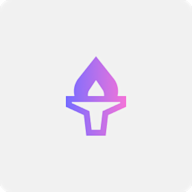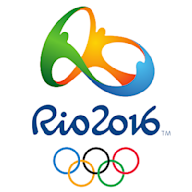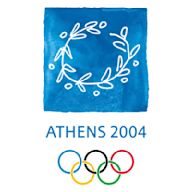Search results
Summer is the hottest and brightest of the four temperate seasons, occurring after spring and before autumn. At or centred on the summer solstice, daylight hours are the longest and darkness hours are the shortest, with day length decreasing as the season progresses after the solstice.
In astronomical terms, the start of summer can be defined very precisely: it begins on the summer solstice, which occurs on June 20 or 21 in the Northern Hemisphere and on December 21 or 22 in the Southern Hemisphere.
Jun 24, 2024 · Summer, warmest season of the year, between spring and autumn. In the Northern Hemisphere, it is usually defined as the period between the summer solstice (year’s longest day), June 21 or 22, and the autumnal equinox (day and night equal in length), September 22 or 23; and in the Southern.
May 17, 2024 · In 2024, the summer solstice will occur at 4:50 p.m. EDT on June 20, according to timeanddate.com. Here's everything you need to know about the Northern Hemisphere's longest day of the year.
Jun 17, 2024 · Summer begins with the solstice on Thursday, June 20, 2024, marking the astronomical first day of summer in the Northern Hemisphere. What exactly IS the summer solstice? Is it really the longest day of the year?
For the Northern Hemisphere, the official summer season starts on June 20 or 21, depending on where you live, with the arrival of the summer solstice. So what is a solstice, exactly? It's the...
Jun 21, 2022 · The summer solstice is happening in the Northern Hemisphere Tuesday, marking the longest day of the year and the first day of the new season. The event officially begins at 5:13 a.m. on the U.S...

































